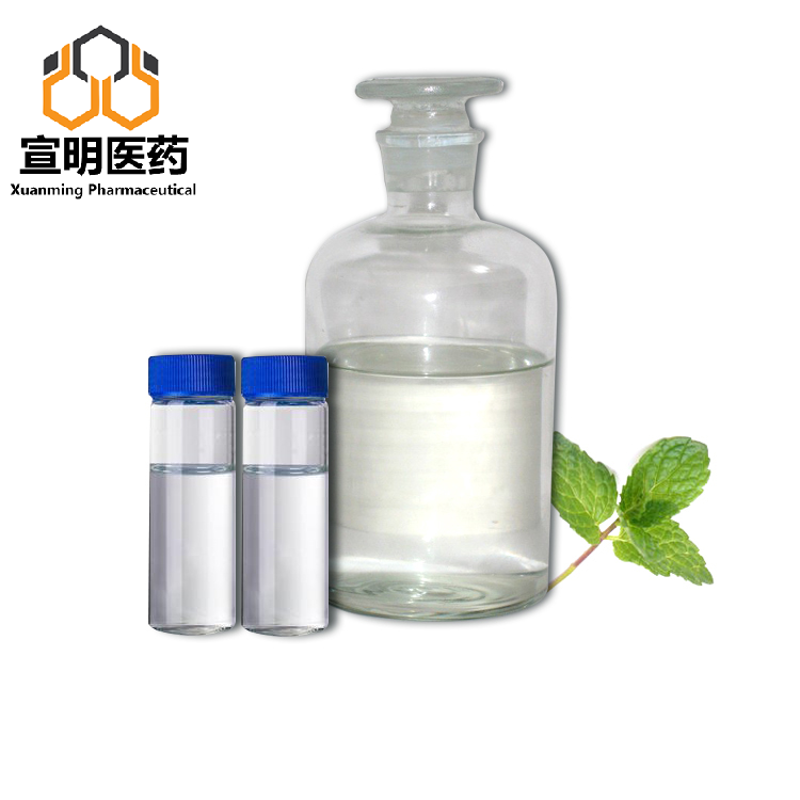Scientists have discovered new mechanisms for cell property conversion regulation
-
Last Update: 2020-12-07
-
Source: Internet
-
Author: User
Search more information of high quality chemicals, good prices and reliable suppliers, visit
www.echemi.com
recently, the Chinese Academy of Sciences bio-chemical and cell-based Research Group revealed that transcription factors induce cell property conversion process, chromosomal structure changes caused cell property conversion. Experts believe the study sheds light on how normal cells respond and inhibit cellular property changes triggered by transcription factors, and discovers a new cell property checkpoint mechanism. The results of the research were published online
.
the end-of-life differentiation of the edgy cell properties maintained in a relatively stable and irreversible fate-determining state. Studies have shown that when the expression of transcription factors in cells changes, cell property changes occur, resulting in changes in the state of oscic genetic modification of cells, will be inhibited by the cell property checkpoint mechanism, resulting in death or cell proliferation inhibition, but the molecular mechanism is not clear.
Hui Lijian research team used mouse fibroblasts to liver cells to differentiate the research model, found that when transferred to liver cell-specific transcription factors will lead to a large number of fibroblast proliferation inhibition and death; Because chromosomal states vary from property cell to cell, and when liver-specific transcription factors are expressed, abnormal opening of fibroblast chromosomes can be caused, and the researchers found that ATM (a protein) was able to sense dramatic changes in the structure of the chromosome, known as chromosomal remodeling checkpoints.
ATM as a response protein to the DNA damage process, the activity in the process of cell property conversion is not dependent on DNA damage. This is an important anti-cancer mechanism to inhibit tumor formation, suggesting that cellular property changes may have the same molecular mechanism as cell carcinoma, Hui said. (Source: Huang Xin, China Science Daily)
This article is an English version of an article which is originally in the Chinese language on echemi.com and is provided for information purposes only.
This website makes no representation or warranty of any kind, either expressed or implied, as to the accuracy, completeness ownership or reliability of
the article or any translations thereof. If you have any concerns or complaints relating to the article, please send an email, providing a detailed
description of the concern or complaint, to
service@echemi.com. A staff member will contact you within 5 working days. Once verified, infringing content
will be removed immediately.







